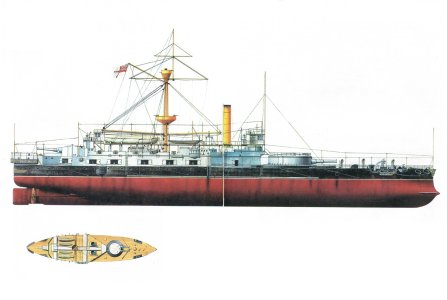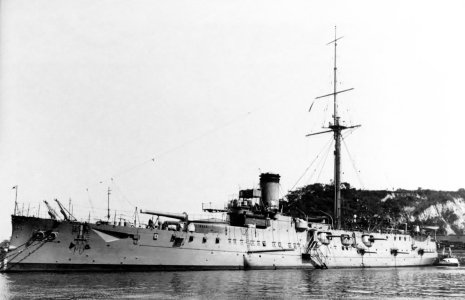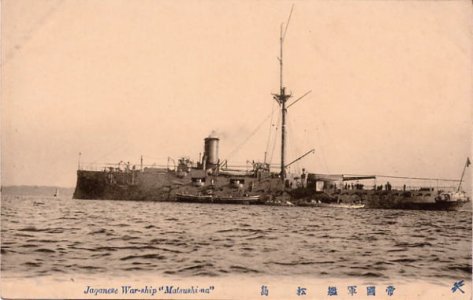kilemall
SOC-14 5K
Problem is HG posits just the two Imperium type short and long range, although even Imperium has the nominal suicide range. Whereas I am maneuvering so main engagement ranges can be at 500000km plus ranges which is where CT gives you a -5 to hit. I’m honoring that through another mechanic (weapon value drops per 100000km) so both damage and probability drops.It depends on the weapons, the defences, and everything. If hitting wasn't a problem and a few massive hits would finish even a battleship, 20th century battleships might've ended up looking more like HMS Benbow, with a single massive gun fore and aft (or just one huge gun forward on a smaller ship).
Far enough out there and bay weapons cease to be able to hit at all and spinals drop (more so then single value, it’s a little complex for this side conversation). Armor is more of a pen/no pen thing rather than sliding value. So at that extreme range, only spinals and missile shots are dueling.





